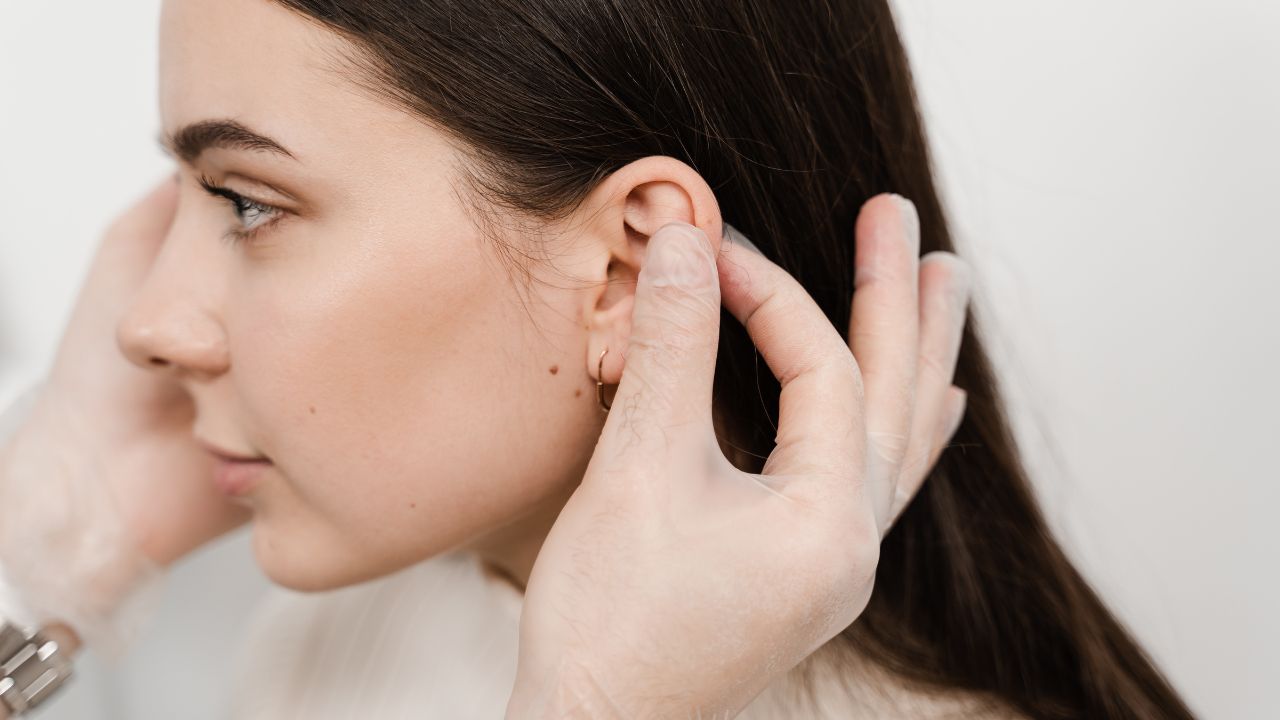10 Common Myths About Ear Pinning Surgery – Debunked

Ear pinning surgery, also known as otoplasty, is a procedure that repositions the ears closer to the head for a more balanced appearance. It’s typically performed on individuals with protruding or uneven ears.
While it’s a straightforward outpatient surgery with high satisfaction rates, it’s also surrounded by misinformation. Below, we’ll address 10 of the most common otoplasty misconceptions and set the record straight for our Southlake patients.
1. Ear Pinning Surgery Is Only for Children
Many people think ear pinning is only for kids, especially since the cartilage is easier to shape at a younger age. However, adults regularly undergo the procedure with excellent results.
In fact, it’s not uncommon for someone to consider otoplasty later in life after years of hiding their ears with hairstyles or hats. There’s no age limit when the goal is comfort and confidence.
2. Ear Pinning Is Only Done for Cosmetic Reasons
While most ear pinning procedures are elective, the impact isn’t purely visual. Many patients report improvements in self-esteem and reduced anxiety in social settings.
For some, it’s also a way to address long-standing emotional discomfort or teasing experienced earlier in life. Ear pinning offers both physical refinement and meaningful emotional relief.
3. Ear Pinning Results Look Unnatural
One of the most common concerns is ending up with ears that look overly tight or “pinned back.” In reality, the goal of modern otoplasty techniques is subtlety. Surgeons reshape the cartilage to create a natural contour that complements the rest of the face. It’s not about dramatic change—it’s about balance. Done well, the results are barely noticeable to anyone but the patient.
4. Recovery From an Otoplasty Procedure Is Long and Painful
Recovery from ear pinning surgery is generally quick and manageable. Most patients experience mild discomfort, typically described as pressure or tenderness around the ears. A soft headband is worn for a few days to protect the area, and normal routines can usually resume within a week. Compared to more invasive procedures, recovery is relatively low maintenance.
5. Otoplasty Can Affect Your Hearing
This is a common misunderstanding. Ear pinning involves reshaping the outer ear, which is well away from the inner ear structures responsible for hearing. Your hearing will remain the same. The otoplasty procedure focuses entirely on aesthetics and positioning without interfering with the ear canal or eardrum.
6. Ear Pinning Can Leave Visible Scars
Incisions are placed behind the ear where the skin folds naturally, making scars discreet and easy to conceal. Over time, they fade and become barely noticeable. For most patients, scarring isn’t a long-term concern, especially with proper aftercare and sun protection during healing.
7. Your Ears Just Go Back to Sticking Out After Surgery
This is one of the more persistent ear pinning myths, but it’s not rooted in how the procedure works. The new position will be permanent once the cartilage is reshaped and secured with sutures. As long as post-surgical instructions are followed, the ears will unlikely revert to their original shape.
8. Otoplasty Is a High-Risk Procedure
Like any surgery, otoplasty comes with risks—but it’s considered a low-risk facial procedure when performed by a qualified specialist. Minor swelling or bruising is common in the first few days, but serious complications are rare. Choosing a top facial plastic surgeon in Southlake, TX—like Dr. Ameen Habash—can significantly reduce surgery risks and help guarantee a smooth, predictable outcome.
9. Tape or Ear Bands Offer Similar Results
Temporary products that claim to “train” the ears may appear to work for a few hours but can’t replicate the long-term results of ear pinning surgery. These products don’t change cartilage shape or position in a lasting way. Surgical correction remains the only reliable and lasting method.
10. Otoplasty Is Only Necessary for Severe Ear Deformities
You don’t need a major structural issue to consider otoplasty surgery. Many people choose ear pinning simply because their ears stick out more than they’d like. The procedure concerns personal comfort and aesthetics, not meeting a medical threshold. You’re already a valid candidate if you feel your ears distract from your overall appearance.
Why Choose Ear Pinning Surgery in Dallas
Many assumptions about ear pinning simply don’t hold up under closer inspection. For individuals in the Southlake area seeking a subtle but meaningful change, otoplasty remains one of the most effective and low-risk options in facial surgery.
Get expert care from Dr. Ameen Habash—contact us today to schedule your otoplasty consultation.
